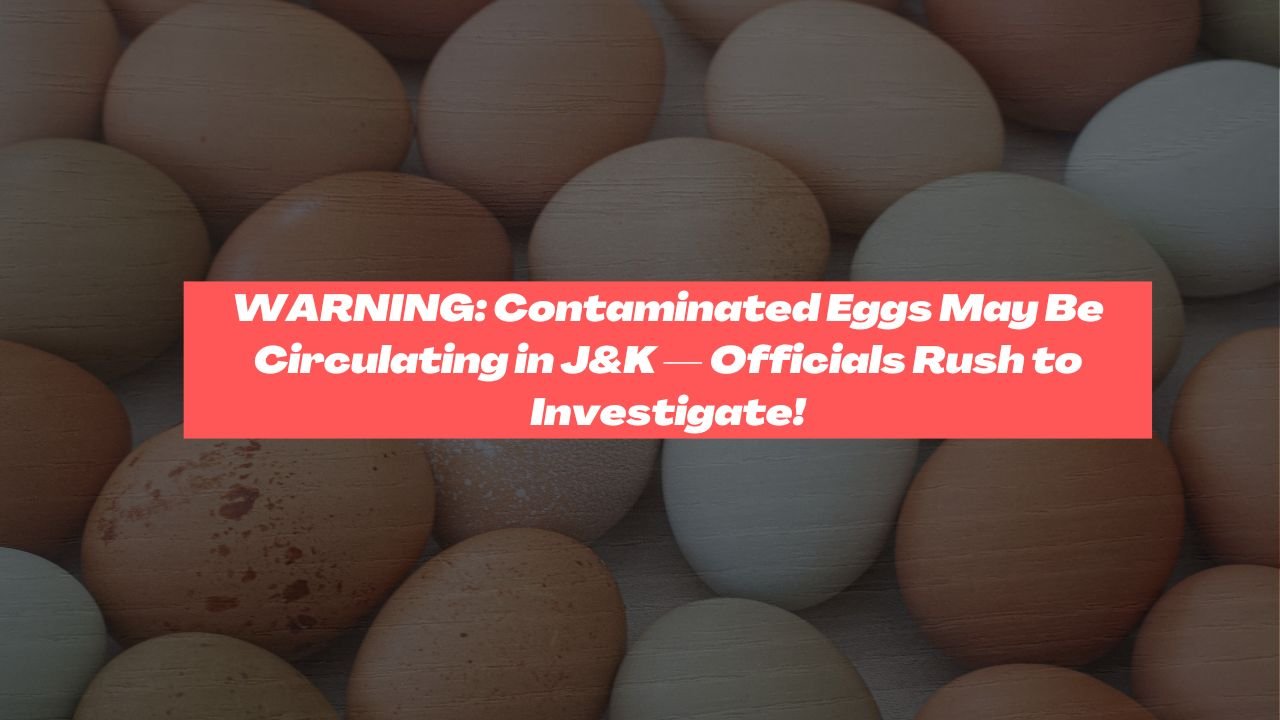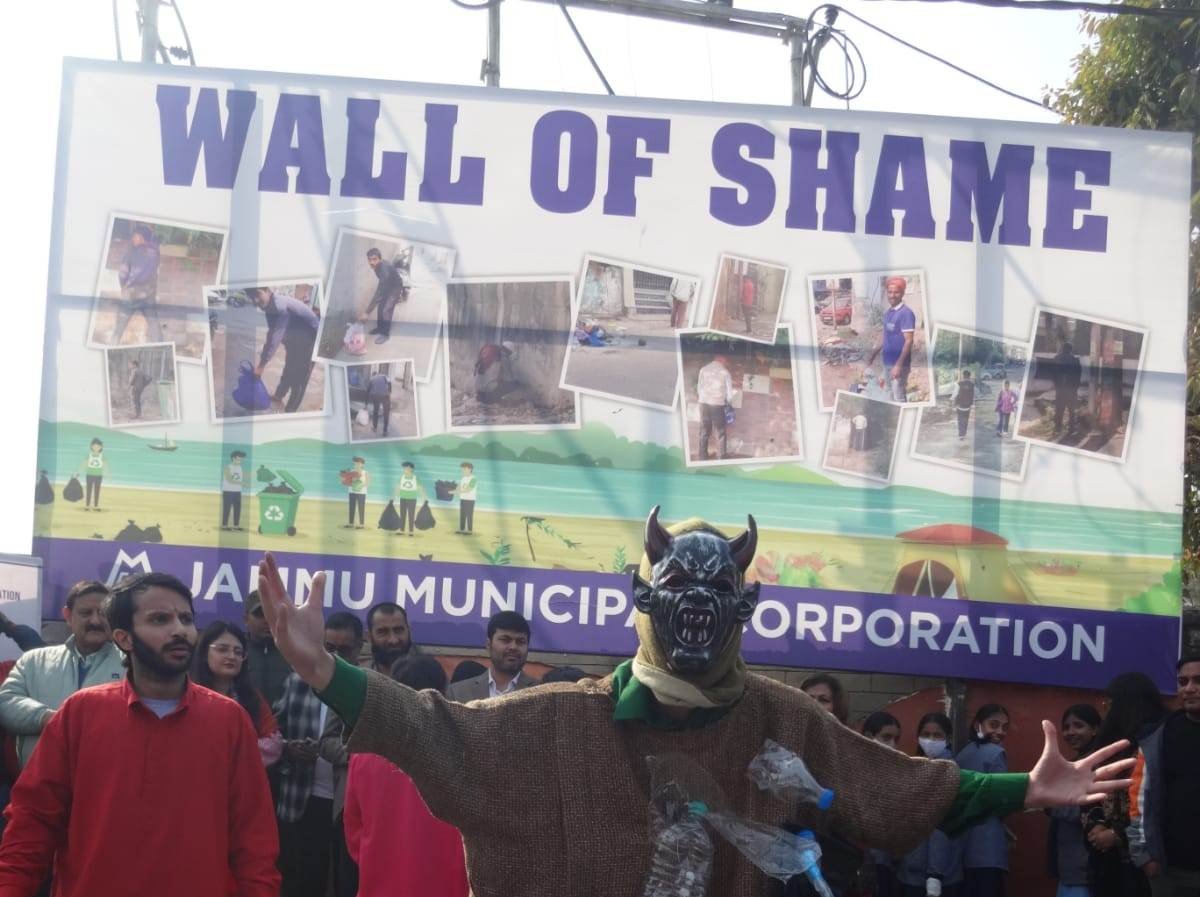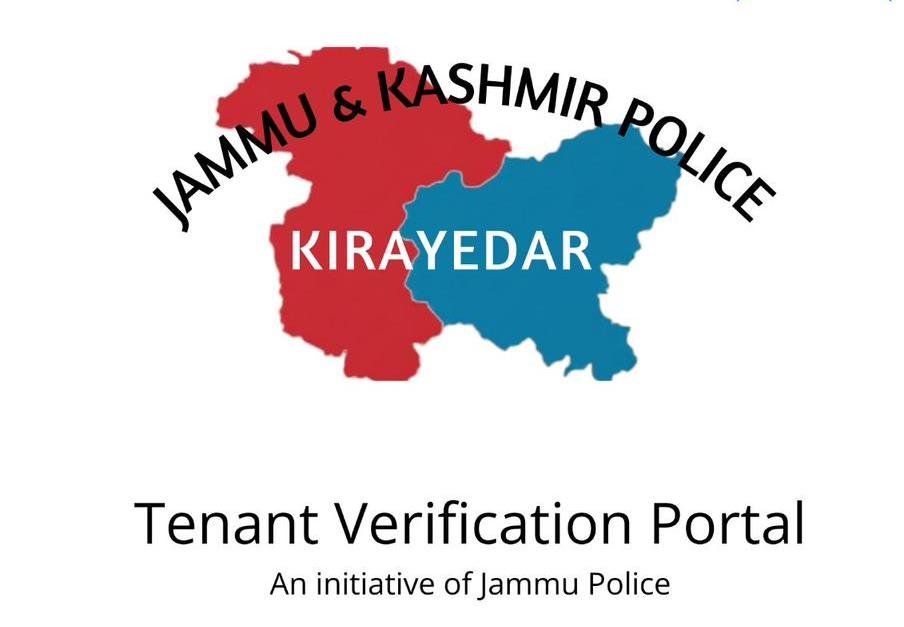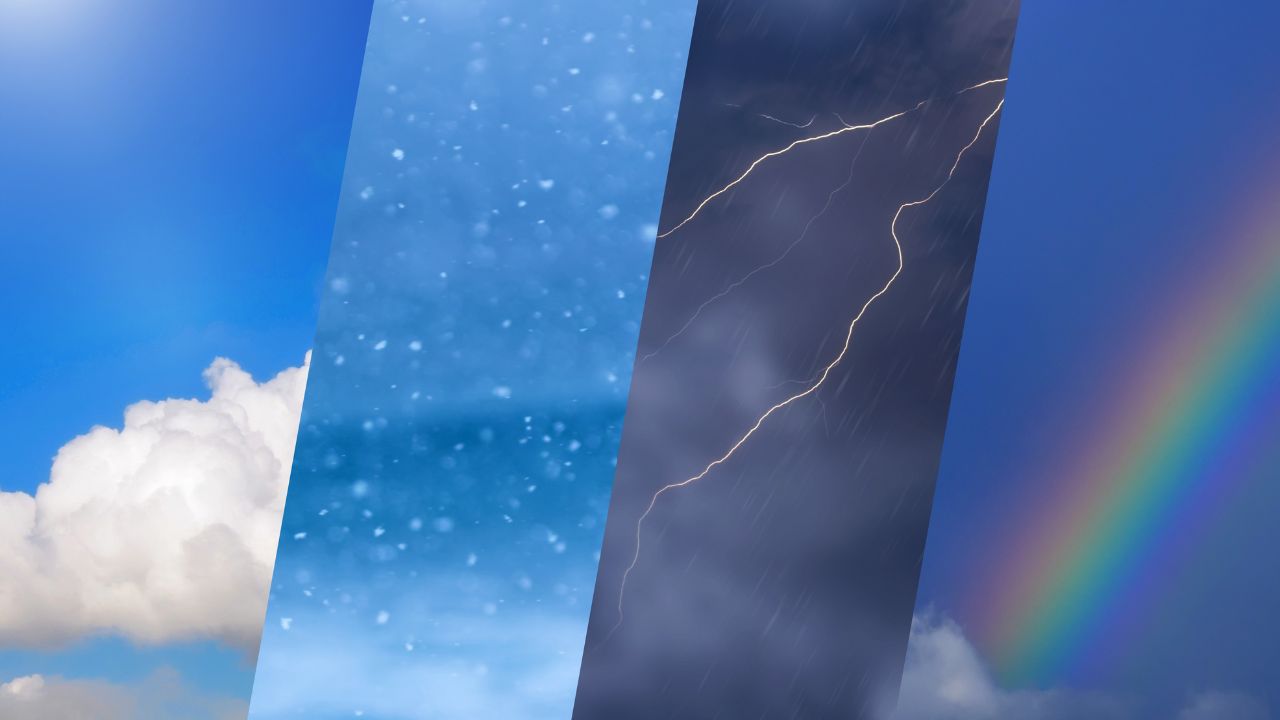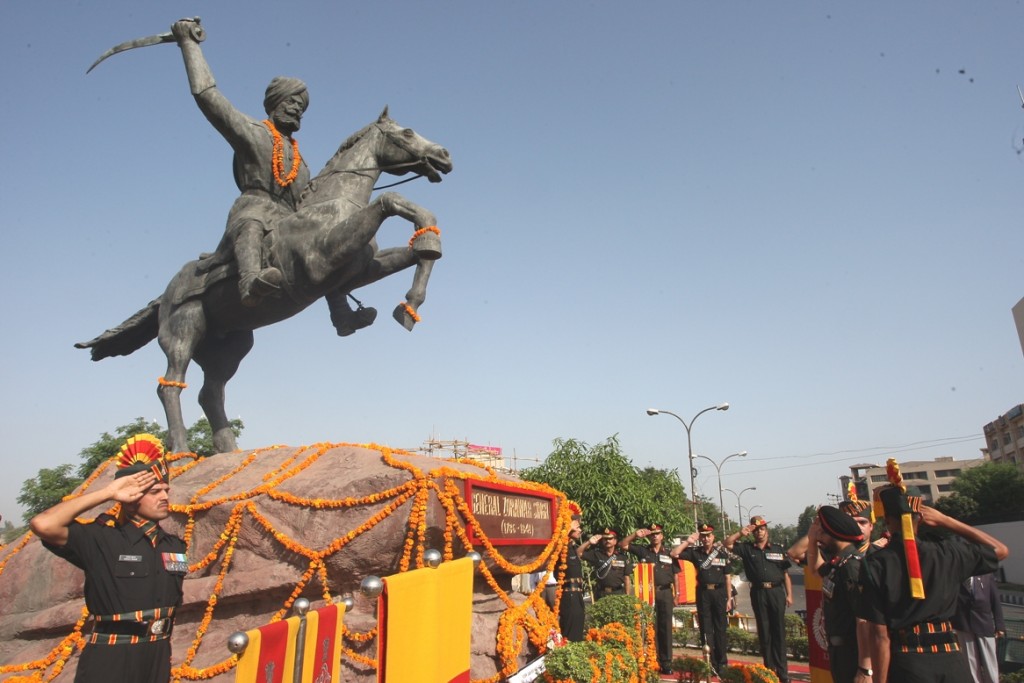The Jammu region is currently battling its first and most intense heatwave of the season, with temperatures rising sharply across several districts. On Sunday, the town of Samba recorded a searing 46.6°C, marking the highest temperature in the region this year. Jammu city wasn’t far behind, reporting a sweltering 44.4°C, a figure that continues to test the endurance of residents.
This blistering spell of heat has engulfed at least five districts in the Jammu region, including Jammu, Samba, Kathua, Ramban, and Reasi. With all these districts clocking temperatures well above 40°C, the effects have been widespread—disrupting daily life, affecting public health, and pushing power and water supply systems to their limits.
Holy Towns Struggle Under Sweltering Sun
In Reasi district, the holy town of Katra, a key pilgrimage destination for Vaishno Devi devotees, also felt the heat, with mercury levels reaching 40.6°C. Pilgrims, who usually arrive in large numbers, struggled to cope with the high humidity and intense afternoon sun, leading to visible discomfort and increased medical assistance needs.
Public Life Paralyzed by Heatwave
Across much of the region, life has come to a grinding halt. Normally bustling markets, roads, and public areas remained eerily silent throughout the day. Most residents chose to stay indoors, only stepping out for critical needs or emergencies. Commercial activity dropped significantly, and outdoor laborers and daily-wage workers bore the worst of the daytime heat.
To escape the scorching sun, families and children found refuge in Ranbir Canal, a popular local waterbody in Jammu. With no sign of relief in sight, this canal has turned into a seasonal sanctuary offering much-needed cooling during the oppressive afternoons.
Electricity Demand and Water Scarcity Intensify
The soaring temperatures have also placed enormous strain on the region’s power and water infrastructure. With air conditioners and fans running non-stop, electricity demand has surged. In many areas, unscheduled power cuts have added to public woes. Simultaneously, water consumption has risen, leading to shortages and supply challenges in both urban and rural sectors.
Kashmir Valley Remains Relatively Cooler
While the Jammu region suffered under a heatwave, the Kashmir Valley experienced relatively milder conditions. Srinagar recorded 33.5°C, which, although above average, was still significantly cooler compared to Jammu. Other major towns such as Qazigund (34.0°C), Pahalgam (29.2°C), Kupwara (31.6°C), and Kokernag (32.2°C) experienced warm but tolerable temperatures. Gulmarg, the famed hill station, remained the coolest in the region at 23.0°C.
Meteorological Analysis and Heatwave Forecast
The India Meteorological Department (IMD) has attributed this prolonged heatwave to dry northwesterly winds and persistent clear skies, both of which trap heat and prevent nighttime cooling. Experts warned that the current heatwave conditions are expected to persist for another 48 hours at least, further escalating health and safety risks.
Health Advisories Issued Across Jammu Region
Authorities have issued urgent heatwave advisories across all affected districts. Citizens are strongly advised to:
- Avoid direct sun exposure, especially between 12 PM and 4 PM
- Stay hydrated with regular water intake
- Use protective clothing, hats, and umbrellas when outdoors
- Minimize physical activity during peak heat hours
Special instructions have been issued for children, the elderly, and those with chronic illnesses, who are especially vulnerable to heat exhaustion, dehydration, and heatstroke. Emergency medical teams have been placed on standby, and hospitals have been asked to stay prepared for a rise in heat-related cases.
Precautionary Measures and Emergency Response
In light of the severe weather, local authorities and disaster management teams are coordinating efforts to ensure public safety. Water tankers have been deployed in areas facing acute shortages, and power distribution agencies are working to manage grid loads to avoid widespread outages.
Schools have been advised to adjust outdoor schedules or suspend classes during peak hours. Public transportation services are also witnessing reduced footfall, with many opting to avoid travel altogether.
Looking Ahead: Will Relief Arrive Soon?
While the meteorological department predicts mild disturbances and possible localized windstorms and thundershowers in the coming days, there is still no guarantee of widespread relief. Climate experts suggest that such intense heatwaves are becoming increasingly common due to changing weather patterns influenced by global climate change.
The current heatwave in Jammu serves as a stark reminder of the climate vulnerabilities faced by the region. With temperatures soaring beyond safe limits and critical infrastructure under pressure, it’s essential for both residents and authorities to stay vigilant.
Following safety protocols, staying hydrated, and avoiding outdoor exposure during peak hours can help mitigate health risks. Until the weather improves, caution is the best protection against the relentless Jammu heat.






